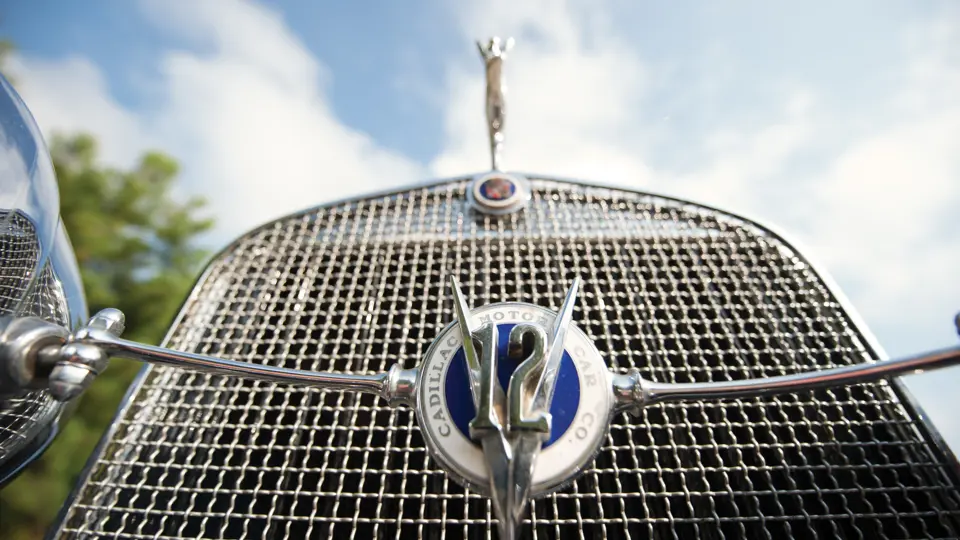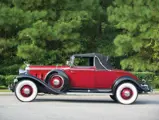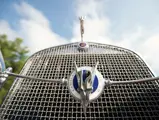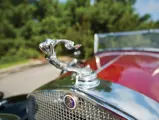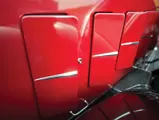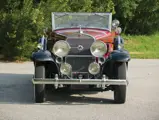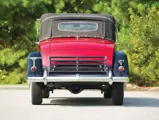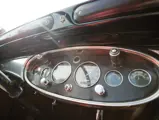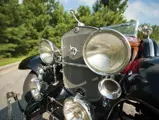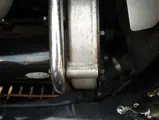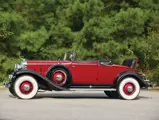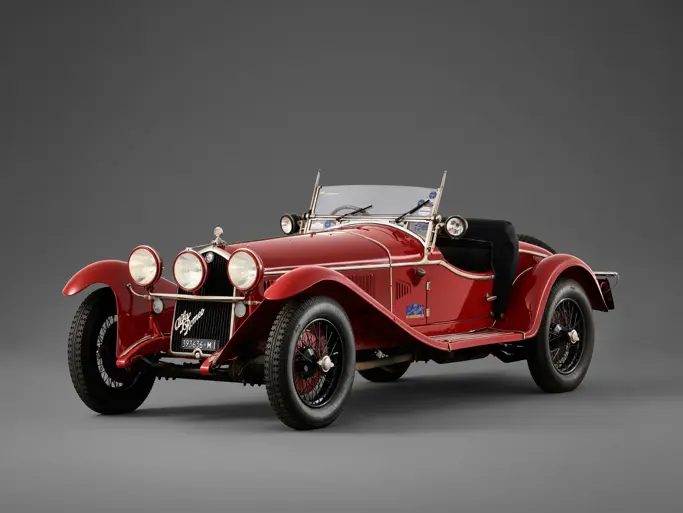Series 370A. 150 hp, 368 cu. in. overhead-valve V-12 engine, three-speed selective synchromesh transmission, three-quarter floating rear axle, and four-wheel mechanical drum brakes with vacuum assist. Wheelbase: 140 in.
Of all the custom coachbuilders who built on Cadillac chassis, none is more closely linked to the marque than Fleetwood. While today the name is associated with the top model of Cadillac, in the past it represented design and construction of bespoke bodies. Its origins go back nearly as far as the history of General Motors, which is the corporation that Fleetwood has been owned by for more than three quarters of a century.
The Fleetwood Metal Body Company came into being in 1909. Formed in Fleetwood, Pennsylvania, it was not an evolution of a carriage-building company, but it was created specifically to build automobile bodies. Fleetwood was particularly known for quality interior woodwork.
In 1925, the Fisher brothers, who had sold out their body company to General Motors, bought Fleetwood outright. This gave Fleetwood capital to expand and modernize, and it gave GM a ready source for high-quality coachwork. Some work continued for non-GM customers, including many bodies for Chrysler. In 1930, the Fishers moved Fleetwood to Detroit and closed the Pennsylvania operations, relocating the construction operations in a former Fisher Body plant. From this time on, work was focused on GM and Cadillac in particular. Fleetwood’s president and chief designer had moved with them from Pennsylvania, and he provided continuity, even while also working with members of Harley Earl’s staff at GM Art and Color Department. Cadillac promised delivery of their Fisher-Fleetwood catalogue customs within seven weeks; full-customs were also available, but they took significantly longer.
A copy of this V-12 Cadillac’s original build sheet, on file, confirms it to be an original Fleetwood-bodied Convertible Coupe, and it has its original engine still installed today. Interestingly, the Cadillac was delivered through General Motors of Canada Ltd., and the build sheet notes, “Tag Montreal Show,” indicating that the car was to be shown at the Montreal Auto Show that year. It was specified with six wire wheels, including dual side-mounted spares and tire-mounted side mirrors.
The car was later the recipient of a body-off restoration, resulting in its present appearance: A rich maroon body with black fenders, door “saddles,” and outlining. Steel covers hide the side-mounted spares, and the wire wheels are painted a slightly lighter shade than the body color. Other interesting accessories include wide whitewall tires, the famous Goddess radiator mascot, an opening windshield, a cowl-mounted spotlight, a golf bag door, a trunk rack, dual Pilot Ray driving lights, and dual horns.
The Cadillac V-12s of this era are well-known for their superb performance, with the lighter engine over the front axle, making them easier to drive than the larger, heavier V-16s. Still presenting very well overall, and reportedly in good running and driving order, this example would be a very pleasurable early Classic to enjoy. It would be accepted in all CCCA CARavans, and it has a fascinating history that would make fine dinner conversation at the end of a day’s drive. It could also be presented at local concours with the same pride that it must have brought Cadillac in Montreal 82 years ago.

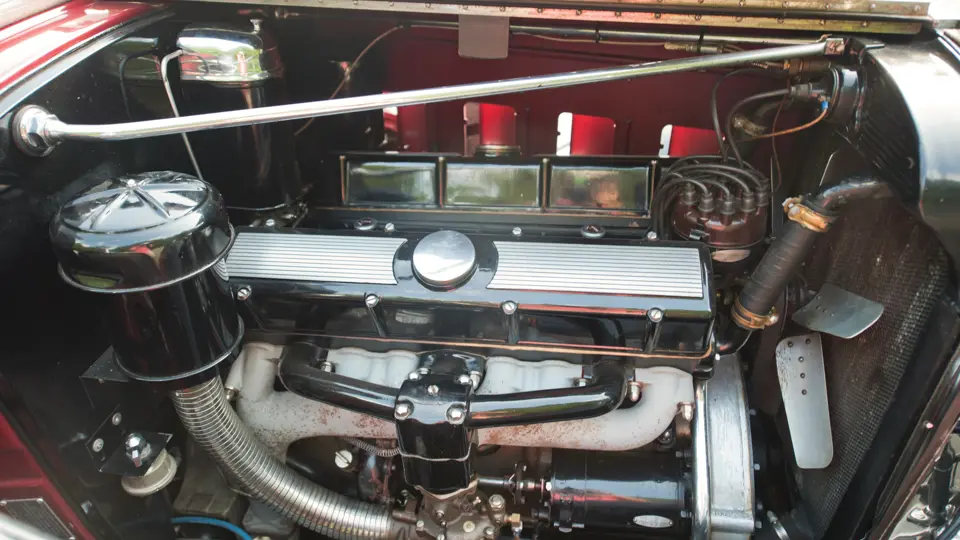


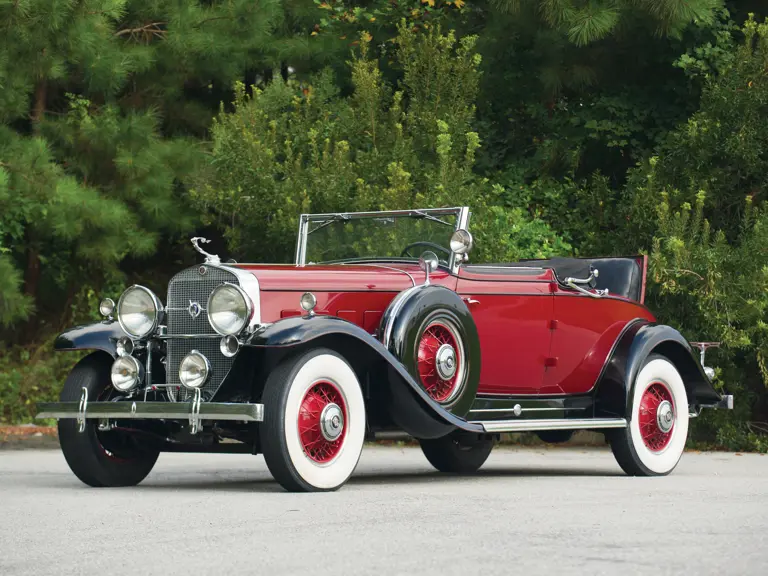

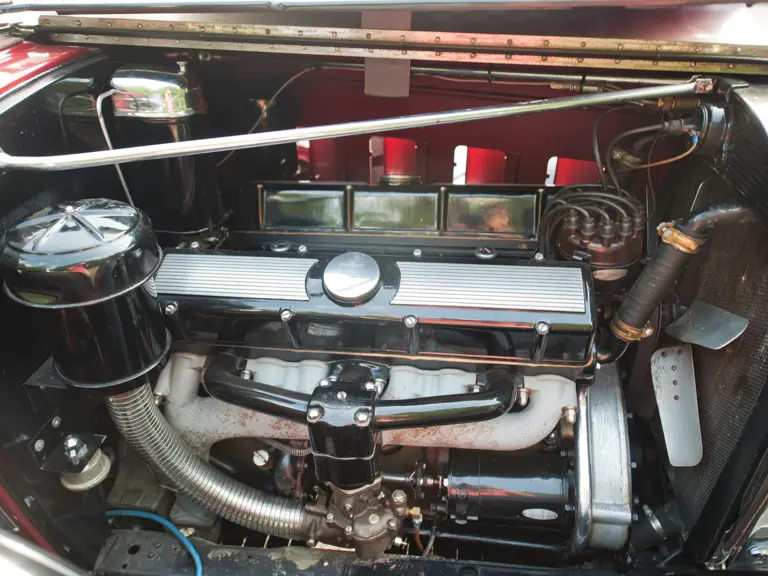
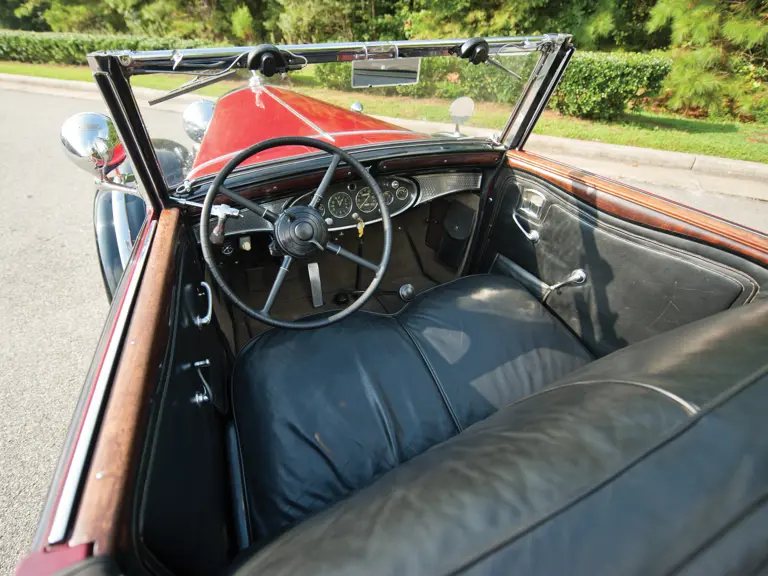
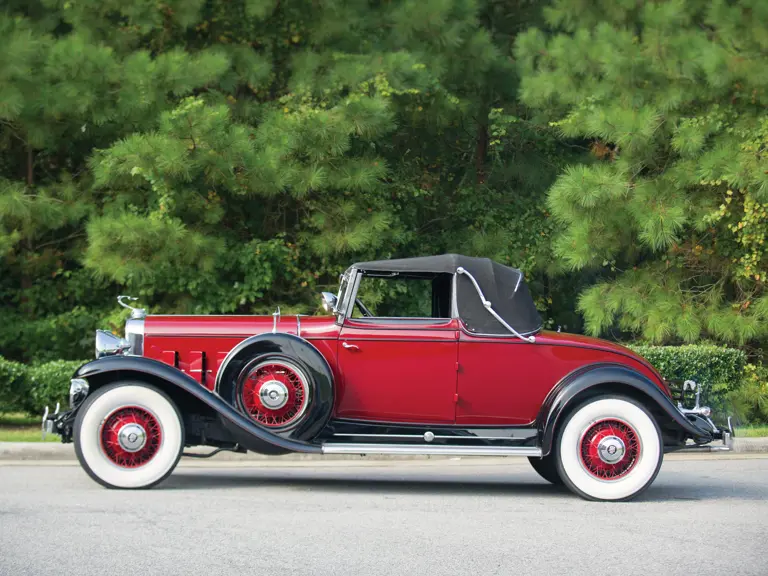
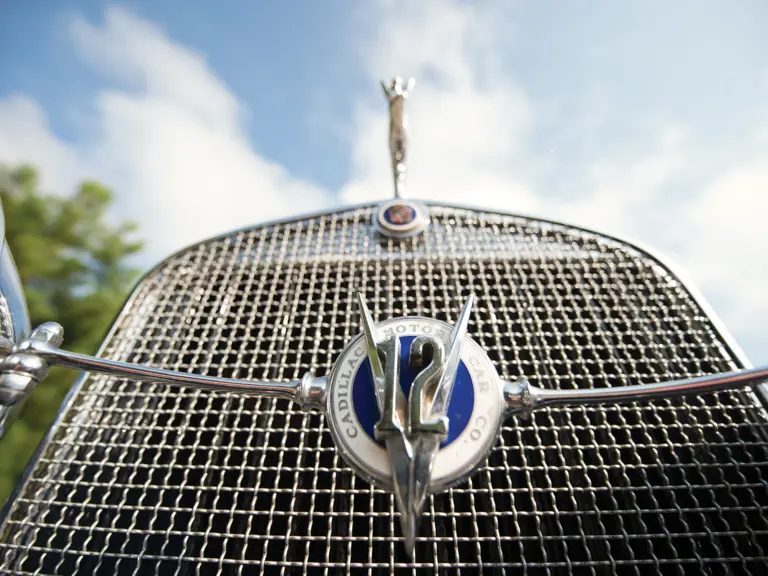
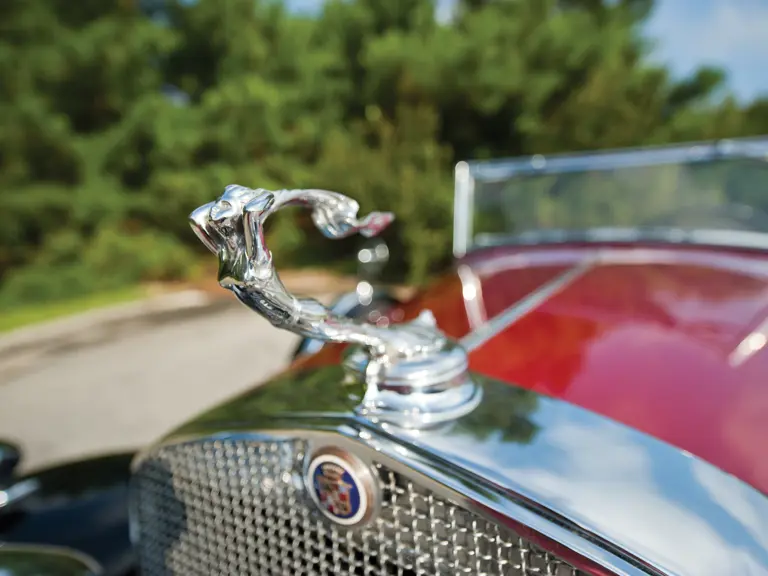
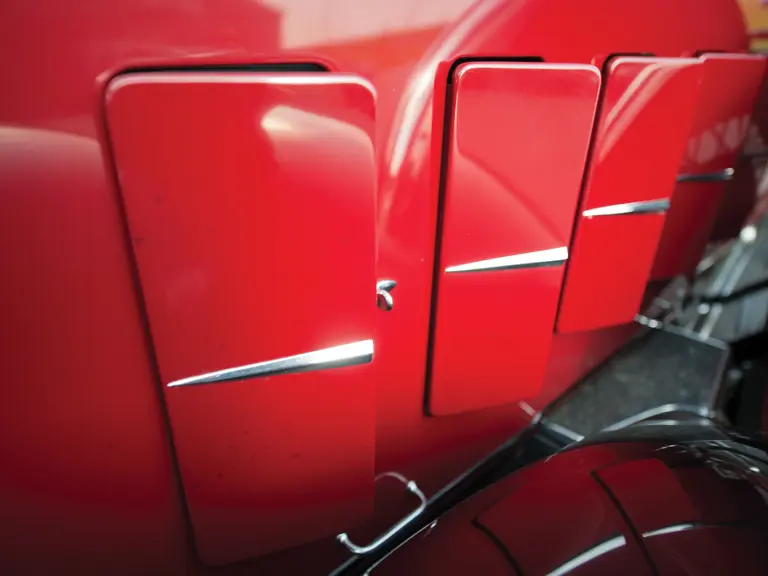

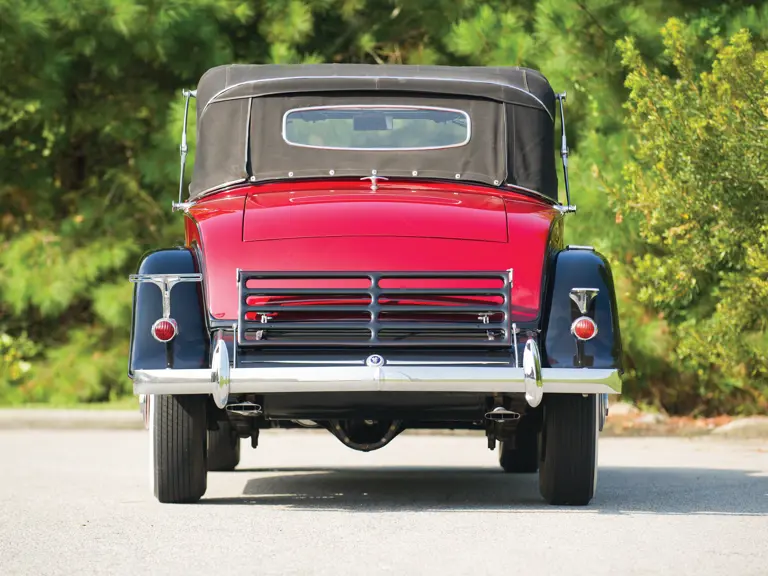
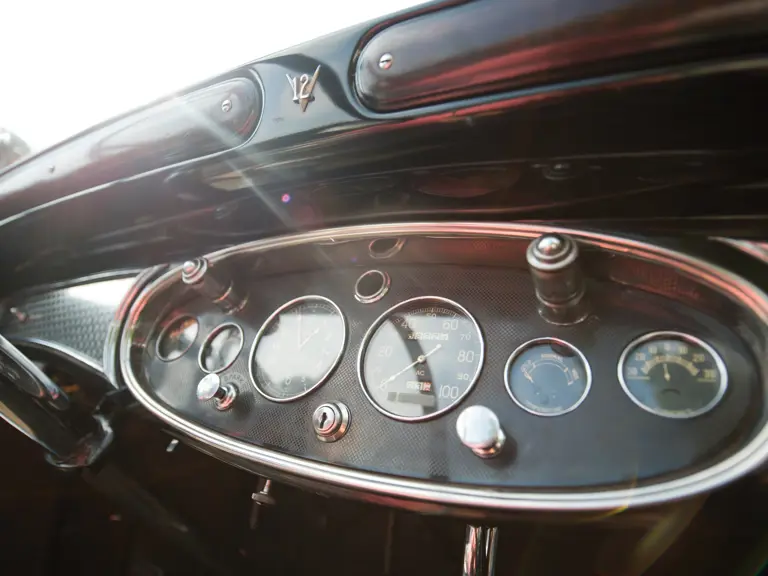
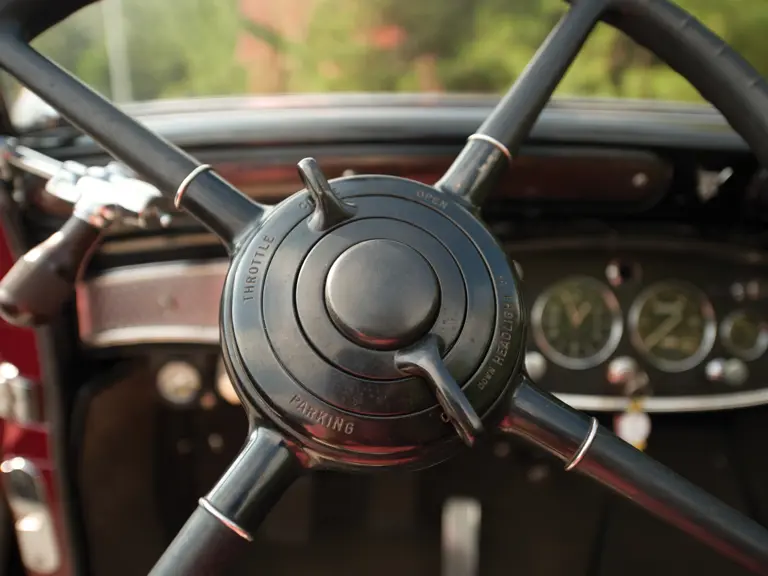
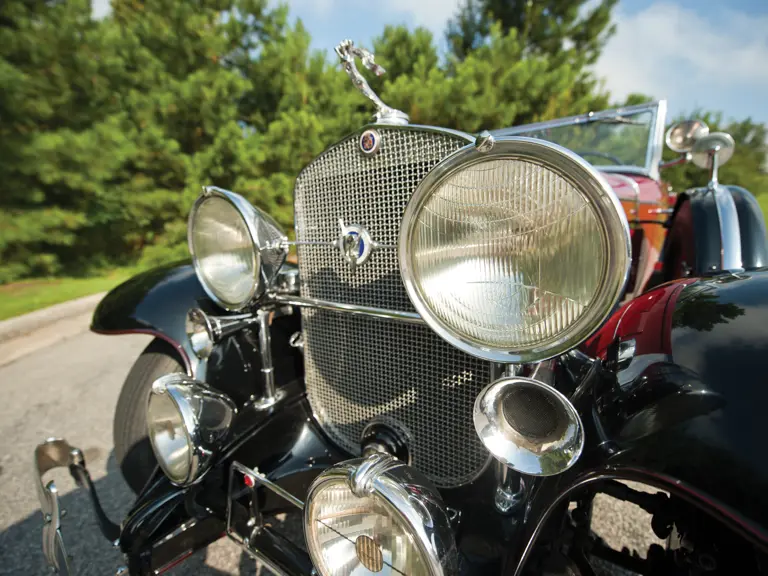


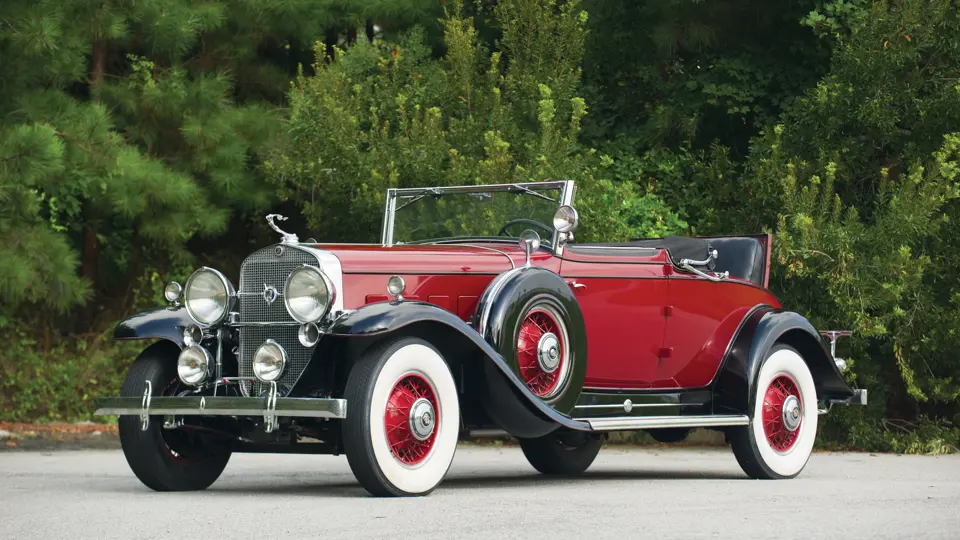
 | Hershey, Pennsylvania
| Hershey, Pennsylvania

